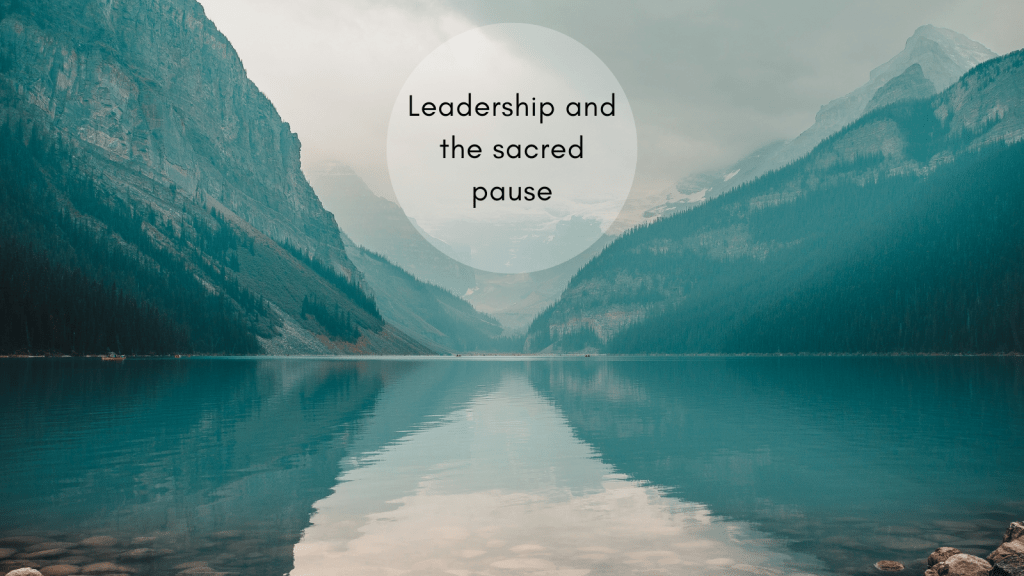Learning 2 Lead Leading 2 Learn
reflections on higher education, executive coaching, and leadership
recent posts
- What’s Trying to Be Born Through You? A Different Approach to New Year Intentions
- Authentic Assessment Moves beyond the Workplace
- Leading Through the Holiday Season: When Self-Criticism Takes Over
- Enhancing Student Careers Through Undergraduate Research
- Leading Change in Higher Education: A Framework for Strategic and Relational Leadership
about
Tag: Conscious Leadership
-

I’ve identified one leadership skill to practice this year. It’s a tough one (maybe the toughest of all!), so I’ve given myself a year to practice and reflect on it, and maybe move one step forward to becoming a more conscious leader and human being. You know that moment between when something happens that triggers…
-
“Blow Your Mind” by kozumel is licensed under CC BY-ND 2.0 One of my favourite grounding statements is “We are human beings not human doings.” A quick search on the internet reveals that this statement has been attributed to many, including the Dalai Lama. For me, this statement speaks to the importance of our inherent humanness, including the fact…